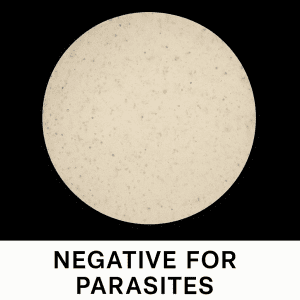Understanding Tail Variations in French Bulldogs
French Bulldogs are best known for their adorable faces, bat-like ears, and compact bodies. Traditionally, they’re pictured with a short, corkscrew tail—but did you know not all Frenchies have the same tail shape?
Some French Bulldogs are born with longer, straighter, or slightly curved tails, and while this may differ from the classic look, it’s not something to worry about. In fact, it can actually be a sign of strong structural health.
What Causes Different Tail Shapes?
Tail shape is determined by genetics and spinal structure. The typical “screw tail” is the result of shortened and sometimes malformed vertebrae in the tail. A Frenchie with a longer or slightly curved tail simply has a more traditionally shaped vertebrae chain in the tail area.
These variations are completely natural, and they don’t indicate anything is wrong—just that your pup is unique!
Are Longer Tails Healthier for French Bulldogs?
While the screw tail is part of the French Bulldog breed standard, a longer tail can come with some real benefits:
1. Better Spinal Alignment
Longer tails often suggest more normal vertebrae development, which can contribute to better overall spine health. Dogs with extremely twisted tails may be more prone to issues like hemivertebrae—a spinal condition caused by wedge-shaped vertebrae. A straighter tail often means straighter vertebrae all the way up the spine.
2. Easier Hygiene
Many Frenchies with screw tails have a tight tail pocket—a skin fold under the tail that can trap dirt and moisture. This area needs frequent cleaning and can become irritated or infected if not maintained. A longer or outward-curved tail often eliminates the pocket entirely, making hygiene much easier for pet parents.
3. No Impact on Personality or Health
Most importantly, your Frenchie’s tail shape does not impact their personality, energy level, or loving nature. Whether short and curled or long and curved, your French Bulldog is just as affectionate, loyal, and silly as ever.
Does a Longer Tail Disqualify a Frenchie?
If you’re considering showing your dog in conformation competitions, then yes—a longer tail is considered a fault under the breed standard. But if you’re welcoming a French Bulldog into your home as a beloved pet, this cosmetic difference is purely that: cosmetic.
In fact, many breeders are beginning to recognize the benefits of functional tails and are open to preserving genetic diversity that supports long-term health.
Celebrating Diversity in the French Bulldog Breed
No two Frenchies are alike, and that’s one of the many reasons people fall in love with them. From coat color to ear shape to tail length, these small differences are what make your pup one-of-a-kind.
So if your Frenchie has a tail that’s a bit longer or curves gently to the side—celebrate it! It’s a perfectly natural variation that often brings hidden health perks.
Final Thoughts
A longer or curved tail on a French Bulldog might not follow the textbook breed description, but it’s not a flaw. In fact, it might just mean your pup has stronger structure, fewer hygiene issues, and a tail that wags just a little more expressively.
As responsible breeders and Frenchie lovers, our goal is to prioritize health, temperament, and quality of life—and sometimes, that includes welcoming and appreciating these special variations.



